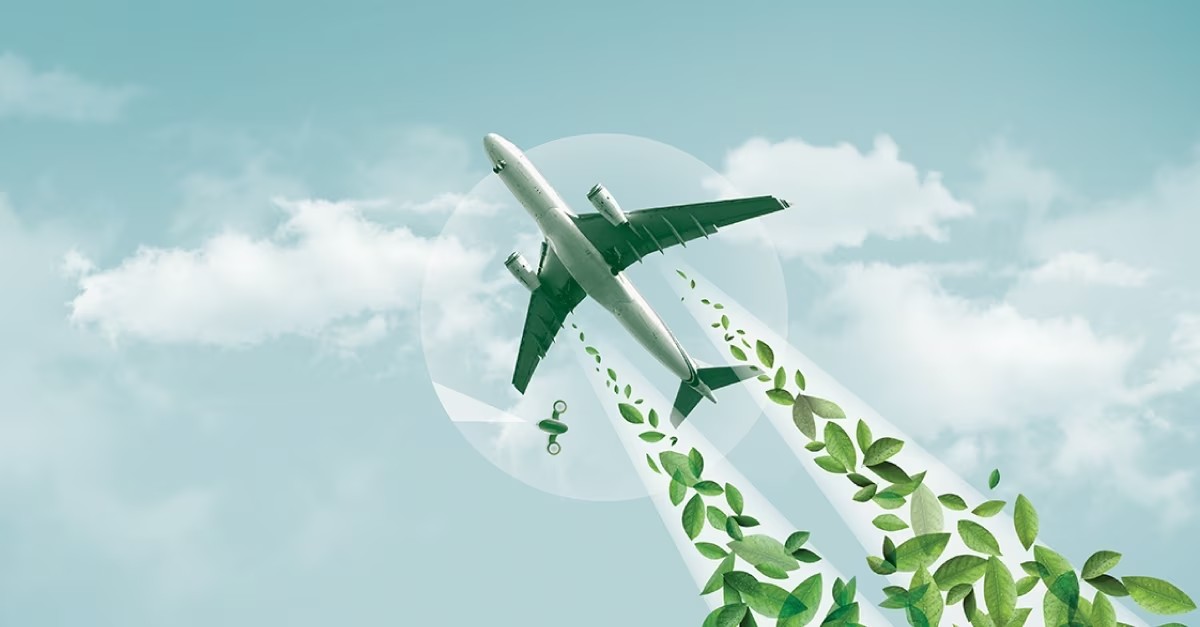The Role of Aero Engineering in Sustainable Aviation
As the aviation industry grapples with increasing environmental concerns, the role of aerospace engineering in fostering sustainable aviation becomes increasingly critical. Aerospace engineering, a field dedicated to the design, development, and maintenance of aircraft and spacecraft, is pivotal in addressing the environmental impacts of air travel. Composite testing plays a vital role in this process by ensuring the durability and efficiency of new materials used in eco-friendly designs. In this article, we will explore how aerospace engineering contributes to sustainable aviation, focusing on innovations, technologies, and strategies that are shaping the future of eco-friendly air travel.
Understanding Sustainable Aviation
Sustainable aviation refers to practices and technologies aimed at reducing the environmental footprint of air travel. This involves minimizing greenhouse gas emissions, improving fuel efficiency, and integrating renewable energy sources. The goal is to achieve a balance between meeting the growing demand for air travel and protecting our planet for future generations.
Innovations in Aircraft Design
Aerospace engineering plays a crucial role in the development of advanced aircraft designs that prioritize sustainability. One significant innovation is the creation of lighter and more aerodynamic aircraft. Engineers are employing advanced materials, such as carbon fiber composites and titanium alloys, to reduce the weight of aircraft, which in turn decreases fuel consumption and emissions.
Additionally, the development of blended wing body (BWB) designs, which integrate the wings and fuselage into a single streamlined structure, offers improved aerodynamic efficiency. These designs reduce drag and enhance fuel efficiency, contributing to lower operational costs and environmental impact.
Propulsion Systems and Fuel Efficiency
The advancement of propulsion systems is another area where aerospace engineering is making a significant impact. Traditional jet engines are being replaced or improved upon with more fuel-efficient technologies. For instance, turbofan engines with advanced high bypass ratios are designed to optimize thrust while minimizing fuel consumption.
Moreover, research into alternative fuels is gaining momentum. Sustainable aviation fuels (SAFs), derived from renewable sources such as plant materials and waste products, offer a promising solution to reduce carbon emissions. Aerospace engineers are working to ensure that these fuels are compatible with existing engine technologies and infrastructure, facilitating a smoother transition to greener alternatives.
Electrification and Hybrid Technologies
Electrification of aircraft represents a transformative shift towards sustainable aviation. Electric and hybrid-electric propulsion systems are being developed to reduce reliance on fossil fuels. Electric aircraft, powered entirely by batteries or fuel cells, promise zero emissions during flight. Hybrid-electric systems, which combine conventional engines with electric propulsion, offer a transitional solution that reduces fuel consumption and emissions while leveraging existing technology.
Aerospace engineers are addressing the challenges of battery energy density, weight, and safety to make electric flight a viable option. Innovations in battery technology, such as solid-state batteries and high-energy-density lithium-ion batteries, are critical to achieving the performance needed for commercial electric aircraft.
Noise Reduction Technologies
Noise pollution is another environmental concern associated with aviation. Aerospace engineers are developing technologies to reduce noise generated by aircraft, particularly during takeoff and landing. Innovations such as quieter engine designs, advanced noise-canceling technologies, and improved aerodynamic designs contribute to minimizing the acoustic footprint of aircraft.
One notable example is the development of quiet supersonic jets. Aerospace engineers are exploring ways to achieve supersonic speeds without producing the disruptive sonic booms traditionally associated with such speeds. This research aims to make high-speed air travel more sustainable and less intrusive to communities.
Sustainable Aviation Infrastructure
Sustainable aviation extends beyond aircraft design and propulsion systems to include the infrastructure that supports air travel. Aerospace engineers are involved in designing and implementing green airport technologies, such as energy-efficient lighting, solar panels, and advanced waste management systems.
Moreover, the development of efficient air traffic management systems helps optimize flight paths, reduce fuel consumption, and minimize delays. Innovations in air traffic control technologies, including satellite-based navigation and advanced data analytics, contribute to a more efficient and sustainable air travel ecosystem.
Collaboration and Industry Standards
The pursuit of sustainable aviation requires collaboration across the aerospace industry, including manufacturers, regulators, and researchers. Aerospace engineers work closely with industry stakeholders to develop and implement standards and regulations that promote environmental sustainability.
Organizations such as the International Air Transport Association (IATA) and the International Civil Aviation Organization (ICAO) play a crucial role in setting sustainability goals and guidelines. Aerospace engineers contribute to these efforts by providing technical expertise and developing innovative solutions that align with industry standards.
Future Prospects and Challenges
The path to sustainable aviation is paved with both opportunities and challenges. Aerospace engineers are at the forefront of this journey, driving innovation and pushing the boundaries of what is possible. However, achieving widespread adoption of sustainable technologies requires addressing several hurdles, including high development costs, regulatory approvals, and the need for significant infrastructure changes.
Future advancements in materials science, propulsion technologies, and energy storage are expected to further enhance the sustainability of aviation. Continued research and development, coupled with supportive policies and industry collaboration, will play a crucial role in overcoming these challenges and realizing the vision of eco-friendly air travel.
Conclusion
Aerospace engineering is integral to the advancement of sustainable aviation, offering innovative solutions and technologies that address the environmental impacts of air travel. From designing more efficient aircraft to developing alternative propulsion systems and sustainable infrastructure, aerospace engineers are driving the transformation towards a greener aviation industry.
As the world faces growing environmental challenges, the role of aerospace engineering in sustainable aviation will continue to evolve and expand. By embracing new technologies, fostering collaboration, and pursuing rigorous research, the aerospace industry can achieve its goal of minimizing its environmental footprint while meeting the global demand for air travel. The journey towards sustainable aviation is ongoing, and aerospace engineers are leading the way to a more sustainable future for the skies





